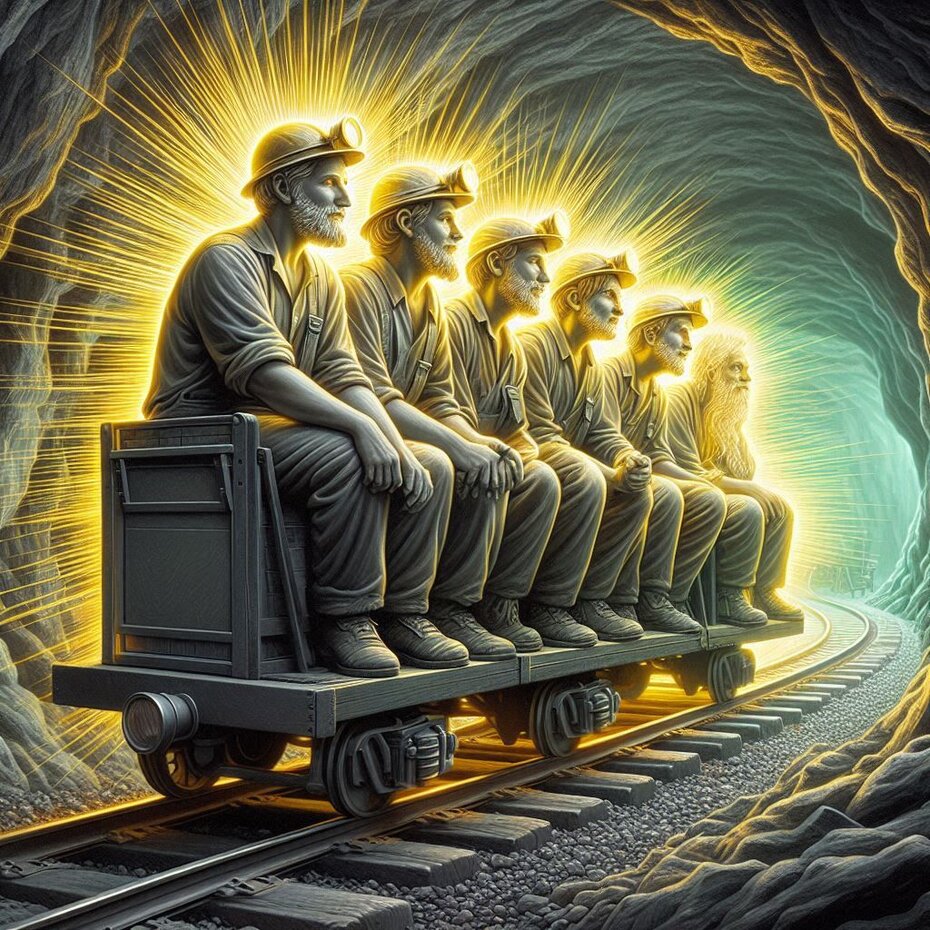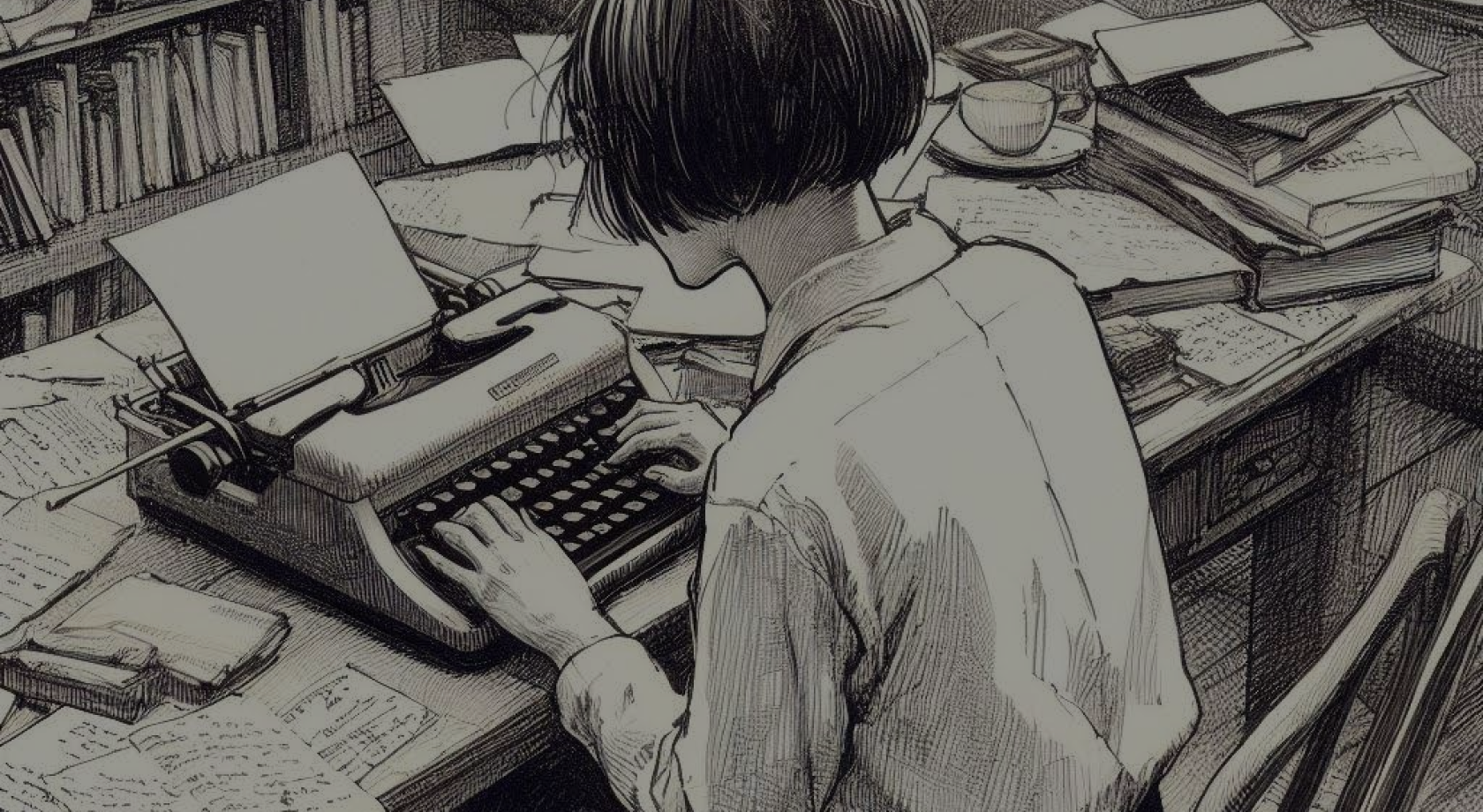The radiant death of believers
In 1898, just two years after the discovery of radioactivity, physicists Marie and Pierre Curie managed to identify the elements responsible for radioactivity present in the mineral Pechblenda - Radium and Polonium. The results of their research caught the attention of the public, who were fascinated by the new discoveries in science. North Americans and Europeans soon began to imagine multiple uses for radioactive minerals, especially for maintaining health and beauty.

At the beginning of the 20th century, it was said in the media that “radium is accepted by the human body like sunlight by plants”. It was considered to be the element that gave vigor to water, as necessary as hydrogen and oxygen. It made sick people feel well and prevented them from contracting new diseases. As a result, a frenzy began for the consumption of water enriched with radium through the use of jars and filters containing this element.
In addition, a wide range of beauty products containing radium promised to revitalize and rejuvenate the skin, radioactive compresses and pillows were launched to treat arthritis, asthma, bronchitis and insomnia, and a suppository promised to combat sexual impotence. Luckily for consumers, many of these products were fraudulent and did not contain the radioactive elements mentioned in the advertising.
However, as early as 1903, an article by Thomas Edison criticized the cult of radium and the “infamous radioactivity”, talking about the undesirable side effects. Shortly after the First World War, when there was a boom in the use of X-ray examinations to support surgery on war wounded, numerous reports of problems caused by radiation began to emerge, including cases of ulcers and skin cancer.
In 1929, the death of businessman Eben Mayers caused a media scandal. He had been injured while doing sporting activities. During his treatment, his physiotherapist had recommended that he consume Radithor, a radioactive drink, to speed up his recovery. The drink was described in advertisements at the time as “Pure bottled sunshine”. However, even though he was cured, Mr. Mayers continued to consume two or three bottles of this drink a day for the next few years. As a result, he began to experience severe headaches and his bones and teeth began to degenerate, culminating in the extraction of his jawbone. He eventually died of radium poisoning and had to be buried in a lead coffin. When this case was leaked to the media, all patents for products containing radium were withdrawn.
Radium contamination, however, was not restricted to the uninformed part of the population. Even the researcher Marie Curie, fascinated by her own discovery, spent most of the day with a vial of fluorescent radioactive solution in her pocket, from which emanated “a faint blue-green glow like a fairy light”, as she herself described it. In addition, the process of refining large volumes of radioactive minerals meant that her laboratory and her research notebooks became heavily contaminated. Her laboratory is now interdicted and her notebooks will have to be stored in lead boxes for 1500 years. As for the researcher, she died in 1934 of aplasic anemia as a result of her exposure to radiation, and her body had to be placed in a lead sarcophagus.
Only 30 years after the discovery of radioactivity, the dangers associated with it were already known. The subject had already been discussed at international radiology congresses, and radium salts had already been removed from the US pharmacopoeia.
Despite all the evidence of the harmful effects of radiation on health that had been published over the previous decades, the US government would spare no effort in the race for nuclear weapons during the Cold War. After the successful use of nuclear bombs at the end of the Second World War, the US government decided to encourage the research and mining of uranium by civilians in the 1950s so that its nuclear bombs would use radioactive elements processed from ores extracted from American soil. In this way, there would be no danger of the supply of ore being cut off due to Russian intervention, as was the case with ore extracted from mines in the Congo, which until then had been used by the US.
The leaflet that the government distributed to all those interested in joining the race for uranium made no mention of the health problems caused by contact with radioactive ores.
TThe booklet “Prospecting for Uranium” contained 162 pages of basic information on uranium research and mining, but despite detailing in a page and a half all the precautions that should be taken to protect the Geiger counter from possible damage, it only has one paragraph on the possibility of uranium prospecting causing damage to health, located in the Questions Frequently Asked section:
Question: Is prospecting for radioactive minerals dangerous?
Answer: Prospecting for radioactive minerals is no more dangerous than prospecting for other minerals. The radioactivity contained in rocks cannot be dangerous to humans, unless it is in contact with the skin for long periods.
Despite growing awareness that working in uranium mines was associated with high rates of lung cancer and other health damage, the US Atomic Energy Commission ignored research findings and insisted that uranium mining be regulated. As a result of the lack of information and adequate laws, many miners were seriously contaminated by radioactivity. Navajo Indians and poor miners were particularly affected due to the lack of protective equipment.
Despite the reckless attitudes of greedy businessmen and government entities, the use of radioactive minerals has prospered and today plays an important role in generating energy and treating terminal illnesses such as cancer.
Translated with DeepL.com (free version)
Voltar
